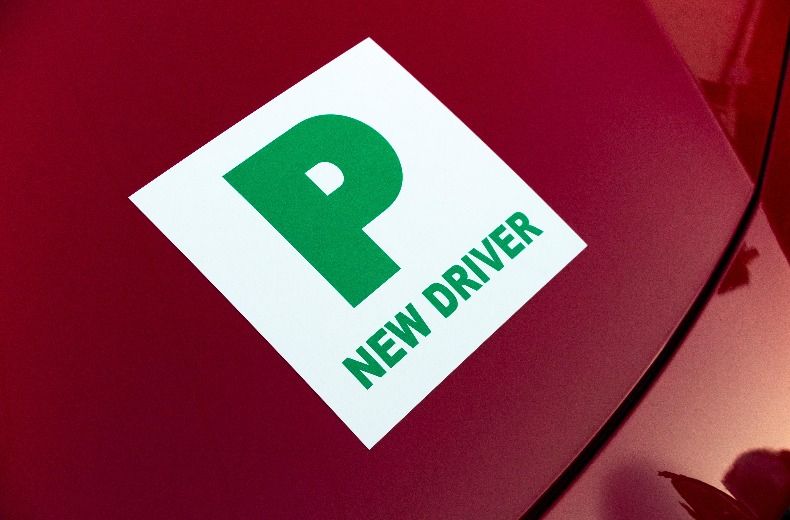In a recent study, those who viewed ‘positive’ driving messages were less likely to take risks than those exposed to ‘fear-based content’.
Dr Yaniv Hanoch, Associate Professor of Risk Management at the University of Southampton said: “Governments around the world have adopted a plethora of interventions aimed at encouraging safer driving, the majority of which use fear-based content, such as graphic depictions of sudden car crashes.”
But Dr Hanoch says such messages can be counter-productive “because the emotive content can trigger defensive reactions and message rejection.”
Research led by the University of Antwerp in partnership with the universities of Southampton and Warwick split 146 young drivers into two groups to assess how different messages affect viewers.
The first group watched a video showing a positive scene with a driver asking passengers not to distract him before successfully reaching his destination. The other group viewed a six-minute video of a crash caused by a reckless driver distracted by their passengers.
The study also tested whether watching the videos on a virtual reality (VR) headset made a difference to watching on a 2D TV screen.
After watching the clips, the young drivers took a questionnaire to measure their attitudes to risky driving. They also took a second test, the Vienna Risk-Taking Test-Traffic, where they watched video clips of driving situations that require a driver reaction, such as considering whether to overtake in icy conditions.
Results suggest that the positive film decreased thoughts of risky driving in 2D and even more so in VR, while the film designed to instil fear led to increased risk when shown in a more immersive setting.
- Did you know that we offer specialist learner driver insurance?
- How to teach a learner driver – a guide to supervising a friend or family member
- RAC Report on Motoring 2020
Dr Clara Cutello, from the University of Antwerp, said: “Our results provide key insights about the role of positive versus fear-framed messages in tackling risky driving among young drivers.
“They show that allowing the participants to experience what proactive behaviours can lead to, and giving them the illusions that the events occurring are authentic through VR, can encourage the creation of positive role models and strategies to be safer on the roads.”
VR could play an increasingly important role in educating and examining drivers.
The RAC Foundation, Nottingham Trent University (NTU) and the Driver & Vehicle Standards Agency (DVSA) have already teamed up to see if hazard perception could be put to a more immersive test.
Curious motorists can trial the new software through the Oculus Store.
Learner Driver Car Insurance
Only pay for the cover you need until you’ve passed your test. Get learner driver insurance so you can practice outside of your lessons.














